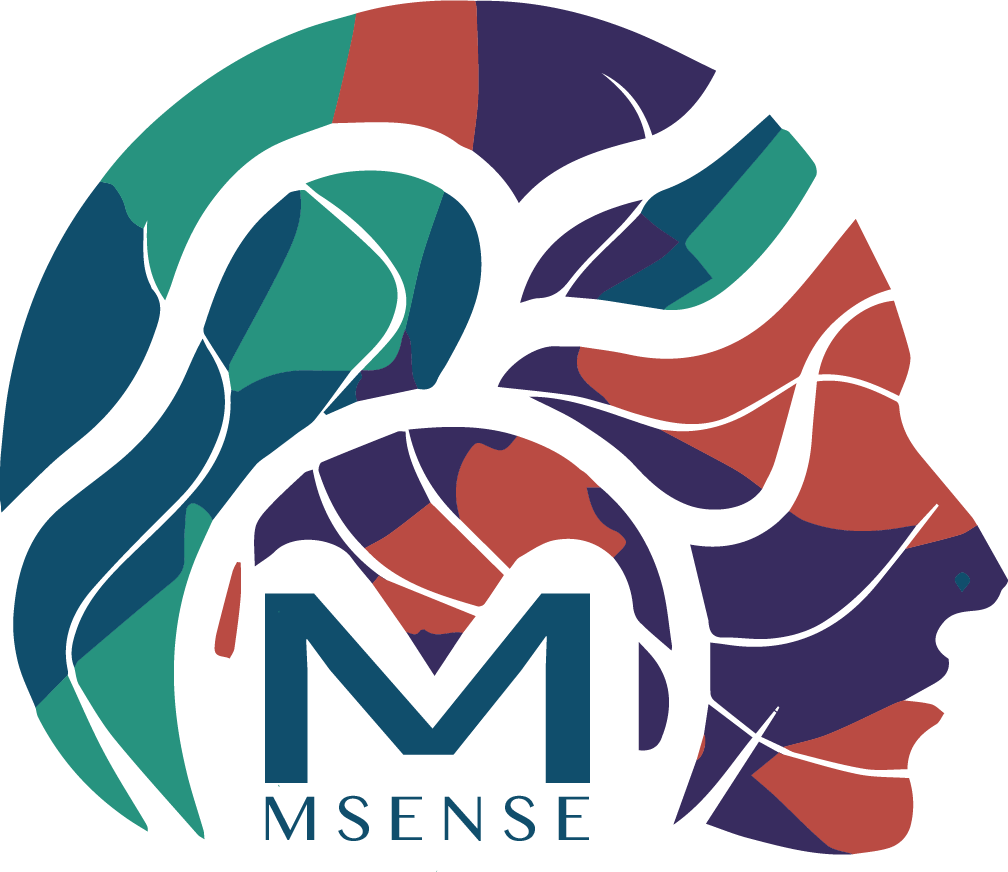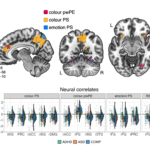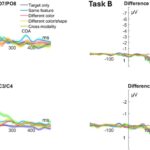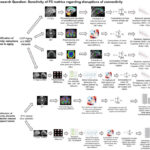Feng Meng, can the ability to see a flea as large as a wheel be transferred? Our team member Dr. Lukasz Grzeczkowski has recently revealed in the Proceedings of the National Academy of Sciences (PNAS) that with saccades, there’s a spatial transfer effect!
In Chinese mythology, Feng Meng was learning archery from Lord Archer Hou Yi, who shot down nine suns. Hou Yi said, “Young man, first, you need to learn not to blink, and secondly, you need to see an ant as if it’s an elephant.” Feng Meng trained hard for three years and truly saw a flea on a cow’s tail by the window as large as a wheel. Sadly, after mastering the skill, this unfilial disciple killed his master.
It’s not rare for someone like Feng Meng to be fully committed to practicing a task to enhance perceptual sensitivity. However, most research has found that this kind of perceptual learning is quite “picky” (professionally termed as “specificity”). If you change the location or the feature, the perceptual learning effect disappears. Imagine, if you move the cow’s tail to another place and replace the flea with a bee, Feng Meng might be utterly baffled.
However, Lukasz found that previous studies on perceptual learning are primarily based on scenarios with fixed eyes! In reality, who doesn’t move their eyes? We placed perceptual learning during transsaccades and discovered that the perceptual learning effect could free from the learned location. That is, the learning effect from one place can be transferred to another, as long as the eyes saccade to that place. The catch is that the feature must remain the same. Going back to Feng Meng, if he wants to see a flea as large as a wheel, he can’t just fix his gaze without blinking; he needs to make saccades. However, don’t expect the ability he acquired in three years of seeing fleas to transfer to seeing bees. Our visual system is just so unique!
If you want to know more, see our original publication here:
Grzeczkowski, L., Shi, Z., Rolfs, M., & Deubel, H. (2023). Perceptual learning across saccades: Feature but not location specific. Proceedings of the National Academy of Sciences, 120(43), e2303763120. https://doi.org/10.1073/pnas.2303763120

逢蒙,跳蚤变车轮的能力能迁移吗?我团队里Lukasz博士后最新在老美“学术炫技场”美国科学院院报(PNAS)透露,跨眼跳的话,能有空间迁移效应!
话说五帝帝尧时期,逢蒙跟后羿学射箭。后羿说:“小伙子,第一,你得学会不眨眼,第二,你得把蚂蚁看成大象”。逢蒙苦练三年,真把挂窗户上的牛尾巴上的跳蚤看成像车轮那样大。只可惜不孝的徒弟,学成后把师傅给杀了。
像逄蒙这样一心一意苦练一项任务来提高知觉敏感性的并不稀奇。但可惜,大多数研究发现,这种知觉学习特别”挑食“(专业术语叫“特异性”)。 换个地方,换个任务,学习效应就没了。想象一下,把那牛尾巴换个地方,上面换只蜜蜂,逢蒙可能就傻眼了。
但Lukasz发现,这些研究都是基于不眼动!现实中哪有不眼动? 我们把知觉学习放到眼跳前与眼跳后的场景中,发现学习效应可以”搬家“。也就是在一个地方学习的效应,可以迁移到另一个地方,只要眼跳到那个地方。但前提是,这任务得一样。回到逢蒙,他想看跳蚤大如车轮,可不能不眨眼不眼跳不行,得扫视。但,三年的学习看跳蚤能力,别指望迁移到看蜜蜂上。我们的视觉系统,就是那么有个性!
有兴趣的朋友可以看我们的原作啊,当然与逢蒙毫不相干。





